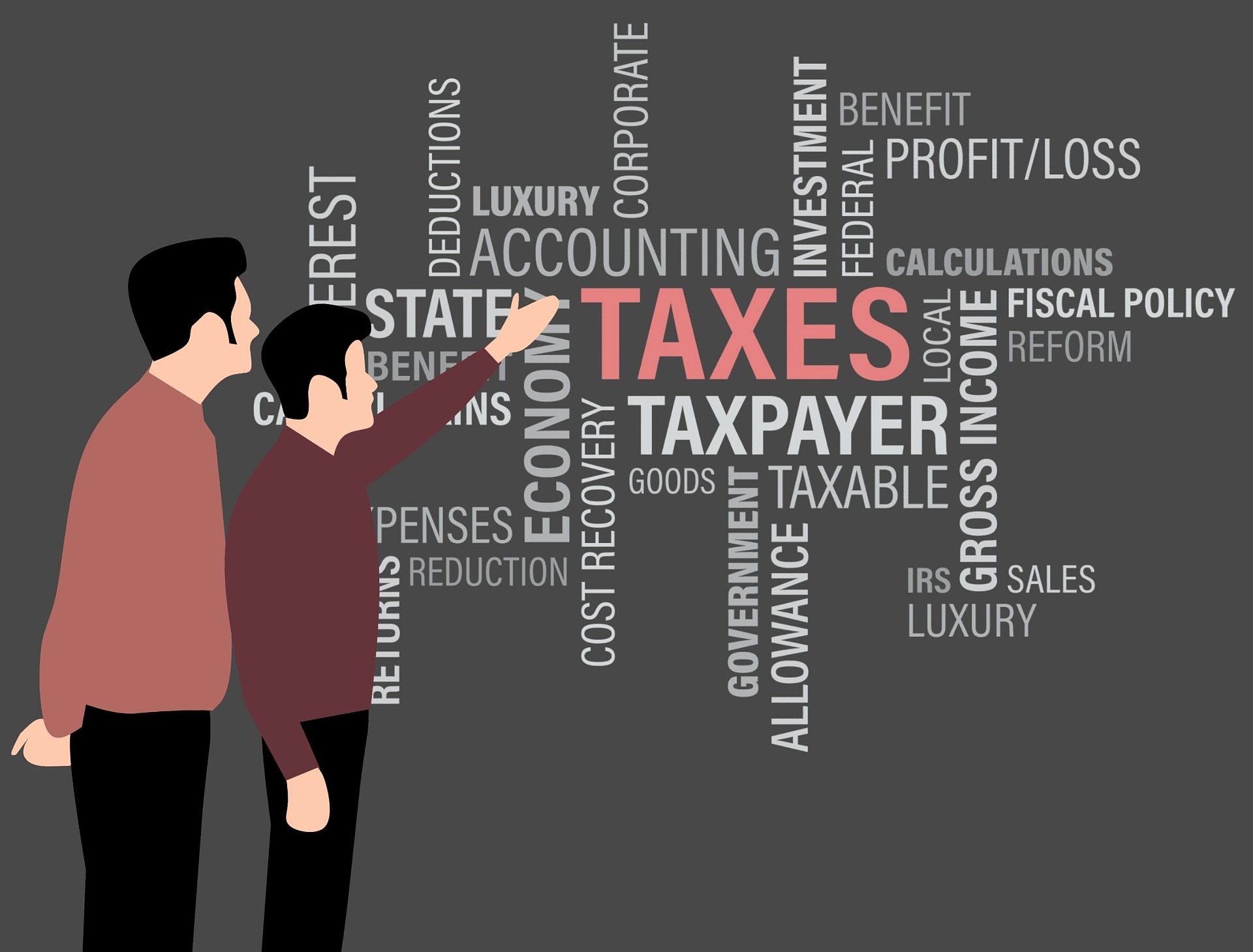Wondering if you should have a Registered Retirement Savings Plan (RRSP), Tax Free Savings Account (TFSA) or both is like wondering if oranges or bananas are better for you. You should eat fruit, but eat more oranges if you lack vitamin C, or more bananas if you need potassium. Look at your registered investment strategy the same way. You know you need one (or both), but the best choice depends entirely on your situation.
When is a RRSP the Best Choice?
An RRSP holds a variety of funds (ETF, mutual funds, cash,etc.) in a tax-sheltered account. You don’t pay tax on the growth inside the RRSP until you withdraw the money (at which point it is counted as income). Additionally, money you put into your RRSP gives you a tax deduction.
Your annual tax assessment from Canada Revenue Agency lists your allowable RRSP contribution limit for the year. The limit differs for everyone since some may have maxed out their RRSP in the previous year, while others contributed very little, enabling a rollover of their contribution room.
As with any investment that is geared toward retirement,RRSPs work best when you have a lengthy time horizon. The longer the money sits undisturbed in your RRSP, the longer it works for you by gaining interest. Over time you will benefit from compound interest, which is the point where interest accumulates on the principle as well as your previous deposits. A long time horizon + compound interest = the ability of your savings to grow faster.
Because of the way income is taxed, RRSPs make good sense for those in income brackets of $50,000+/year, as you’ll see greater tax savings. For example, if you contribute $10,000 during the year, you are taxed on your gross income minus the $10,000 contribution.
RRSPs are not just for retirement. They can also be a savings vehicle to use in other plans such as the Home Buyer’s Plan (where you can withdraw up to $25,000 in a calendar year for a home), or the Lifelong Learning Plan (where you can borrow from your RRSP for higher education).
When is a TFSA the Best Choice?
The key word to remember with a TFSA is: flexibility. While a TFSA can also hold a variety of funds, when withdrawn the amount is not taxed. The flip side? You also don’t get a break at tax time on your contributions.
While TFSA’s contribution room also differs per person and depends on their previous year’s deposits, TFSAs have lower contribution limits than RRSPs; so, even with a long time horizon and even if you max out your contributions,you will receive less interest overall than if you maxed out a RRSP.
TFSAs are a great choice for younger professionals that wish to save, but still have some hefty financial goals to meet, such as a wedding, down payment on a home, or planned parental leave. The TFSA is a great savings vehicle that allows you to access your money tax free if and when you need it.
Since TFSAs do not provide a tax break with each contribution, this is a better savings vehicle for those that make $50,000/year or less. A perk that many overlook is the rollover of contribution room in the RRSP. If you make less than $50,000/year but know your salary will increase in the future, you can save in your TFSA while also “saving up” rollover room in your RRSP. When you use that rollover room up later, you reap a greater tax break.
What About Both?
Wouldn’t the obvious answer be, have both? Any financial planner would agree that long- and short-term savings accounts are an excellent idea, but planners also know that real life is expensive. It can be hard enough to save up for one goal, let alone stash 20 per cent or more of your income into separate accounts!
Saving for your goals and for retirement is very, very important, but so is meeting your financial obligations. If you can save adequately in both, go ahead; but if you struggle to meet your daily financial needs, choose between the RRSP and TFSA.
It’s a Long Game
Your goals and situation change over time. While a TFSA maybe the best choice for you now, a RRSP may be a better choice after a promotion. The best way to know if a TFSA or a RRSP is right for you is to meet with a certified financial planner that will look at your short- and long-term goals,and help you map out a long-range plan.











